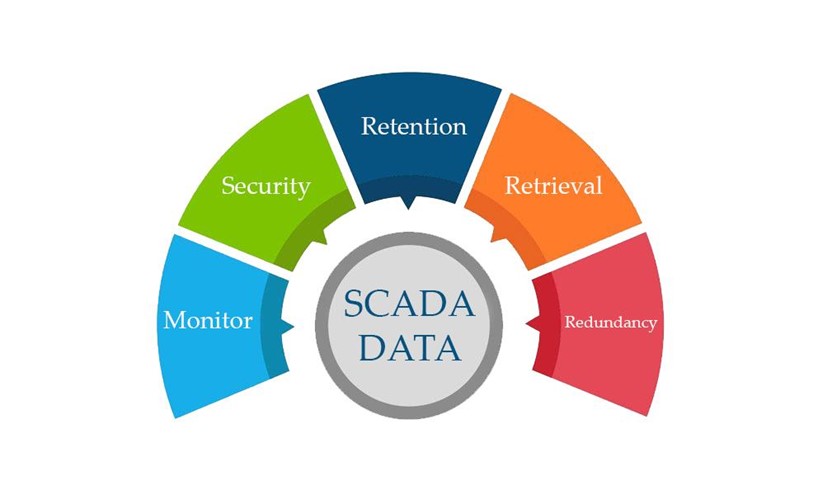Recent outages of popular companies, such as Hubspot, can have major impacts on businesses. From lost revenue to customer dissatisfaction, the fallout from an unexpected outage can be far-reaching and long-lasting. However, with proper planning, there are ways to mitigate downtime losses and reduce their overall impact on your business.
In this article, we will explore lessons learned from the recent Hubspot Outage and how you can minimize the impact when similar situations arise in the future.
Ensure Adequate Redundancy and Monitoring

Ensuring adequate redundancy and monitoring is key to minimizing the impact of downtime on your business. Redundancy ensures that various systems are in place to protect against data loss or disruption in service, should one system fail. Monitor critical applications, databases, and other infrastructure components for performance issues as well as potential security vulnerabilities. Establishing a procedure to back up your data can help minimize any losses when an outage occurs.
Additionally, regular testing of these backups will ensure their reliability and allow for quick recovery during an emergency situation. Monitoring also includes keeping track of server utilization trends so you can anticipate potential issues before they occur. With proper redundancy measures and 24/7 monitoring in place, businesses can be better prepared should they experience outages due to hardware failure or cyberattacks.
Develop a Comprehensive Disaster Recovery Plan
When developing a comprehensive disaster recovery plan, it is essential to anticipate the potential causes of downtime. A good plan must identify how data and systems will be backed up, stored and restored in the event of an outage. It is also important to consider where backups should be located for added protection from threats such as cyberattacks or natural disasters.
Additionally, organizations should have plans in place to ensure that employees are informed about any outages and what steps they need to take during this time. By crafting a detailed disaster recovery plan beforehand, businesses can minimize the consequences associated with unexpected outages from occurring again in the future.
Invest in High-Quality Infrastructure

Investing in high-quality infrastructure is essential to minimizing the impact of downtime on a business. Having reliable hosting services, cloud storage solutions and automated backups can reduce outages and help keep operations running smoothly. Companies should also consider investing in load-balancing technology, which helps distribute traffic evenly across multiple servers so that any one server doesn’t become overloaded or crash during periods of high demand.
Finally, businesses need to make sure that their systems are regularly tested for vulnerabilities and updated with the latest security measures available. With effective planning, robust infrastructure and regular maintenance checks, companies can minimize downtime and ensure the successful operation of their online presence.
Take Advantage of Automated Failover Strategies
The recent Hubspot outage serves as a reminder of the importance of having failover strategies in place to minimize downtime. Automated failover strategies can help ensure that your business is still up and running during unexpected outages. With automated failover, businesses have the ability to quickly switch their systems over to an alternate server if needed, allowing them to keep operations going even when unplanned downtime occurs.
Furthermore, businesses can configure their systems with multiple redundant servers in order to reduce potential risks associated with single-point outages. This type of setup allows for more efficient resource allocation and fewer disruptions caused by system failures or other issues. By taking advantage of automated failover strategies, businesses can make sure they remain operational during times of crisis, minimizing the impact on customers and revenue streams alike.


